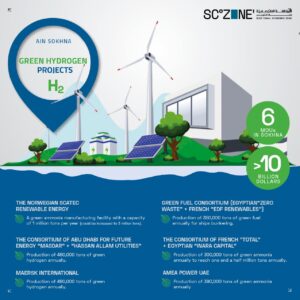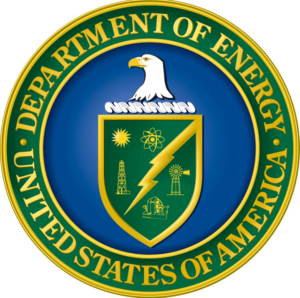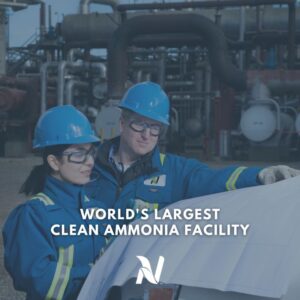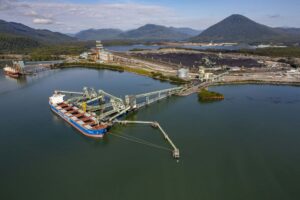Total: renewable ammonia production in Egypt
Total has signed a new MoU with the General Authority for Suez Canal Economic Zone (SCZONE) to develop a renewable ammonia project in Ain Sokhna, Egypt. The first phase targets production of 300,000 tonnes of renewable ammonia per year. SCZONE is now involved with six renewable hydrogen-based projects near the Suez Canal totaling more than $10 billion in investment, and featuring about 1.5 million tonnes of renewable ammonia production in the first phase (expanding to at least 6 million tonnes per year).









